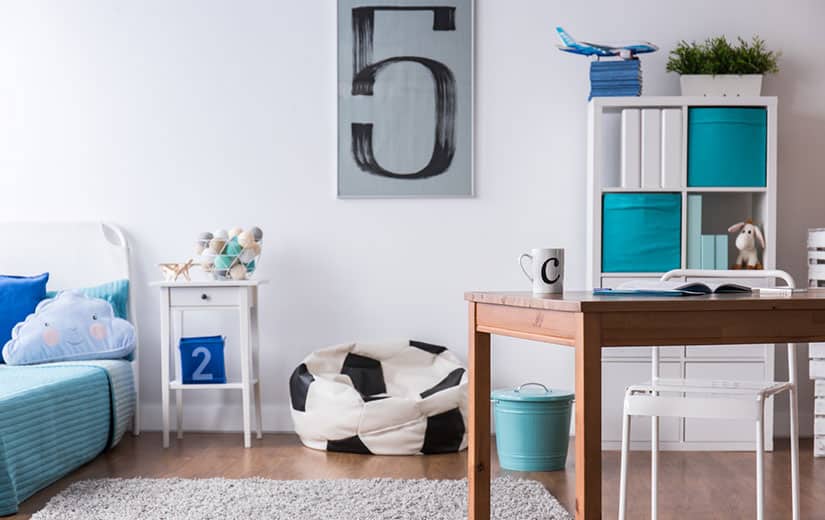Summary
1- Administrative procedures
To ensure a smooth move (and move-in), some administrative tasks must be carried out. Tenants must terminate their lease by registered letter with acknowledgment of receipt. Generally, the notice is 3 months but it can be reduced to 1 month in certain cases. You should also remember to change your postal address with La Poste, a mail forwarding service will be set up. It is also necessary to notify the Internet access provider of the change of address because, according to the new configuration, it will be necessary to transfer the subscriptions, or else, to cancel them. This can even be an opportunity to compare market offers and compete to take advantage of more advantageous rates. Other organizations must be notified of the move: the bank, the insurance company, the mutual insurance company, the tax authorities, etc. Take the opportunity to ask the electricity and water supplier for a connection to the new address. To save time, some procedures can be done online.
2- Sorting out and starting the boxes
A move is a perfect opportunity to sort things out. Two months before the date of the move, you have to start throwing away, selling and giving away what you don’t want to take to your new home. For things that will be part of the trip but that will not be used before departure (for example seasonal clothes or books), we start putting them away in boxes as we go, taking care to write at the using a marker their contents and the room where they will go. Be careful not to take too large boxes because you still have to be able to carry them afterwards.
For a successful move, certain supplies are essential: labels, bubble wrap, scissors, boxes, adhesive tape… It seems simple but without the right equipment, moving is impossible. There are items dedicated to moving such as mattress covers, boxes for storing dishes or clothes. A real plus to prepare for your move!
3- Store
To store belongings and in particular furniture while waiting for the move, it may be wise to use a furniture storage unit. This allows the furniture to be placed in a safe place while waiting to be reused or sold. Before storing furniture there, it must be protected from dust and humidity and an inventory must be made. Everything can be stored there, with the exception of toxic or flammable products and perishable foodstuffs. The storage period can vary from a few days to several months.
For all things of value, such as jewelry, it is best to take them with you on D-Day for more security. Ditto for prescriptions and medications, it is better to have them with you rather than in a box stuck at the bottom of the moving truck.
4- Choose professionals
For lack of time or lack of desire, it is possible to call on a moving company. Several formulas exist: the « economic » where the movers only take care of loading the boxes without doing them, the « standard » in which the professionals pack the fragile objects and the « luxury », more expensive but where the professionals manage everything from start to finish. To choose the right service provider, it is advisable to seek advice from relatives or use word of mouth. It is preferable to use a certified company, which will guarantee quality service.
Another piece of advice, if possible, it is better to avoid moving between May and September. Because it is a period when demand explodes and, consequently, prices too. They can go from simple to double in just a few months. Before starting, do not hesitate to ask for quotes to turn to the highest bidder. Finally, it is important to carefully check the condition of furniture and belongings when unpacking. Any damage must be reported.
5- Call on friends
If the cost of a professional mover is too high, it is possible to do everything yourself. A van will have to be rented, it can be equipped with padding, bars, sliding doors… You can also borrow equipment such as a hand truck or blankets. By notifying friends in advance, they can come and help on the day of the move and this chore will be made easier. Line work is also very effective.




